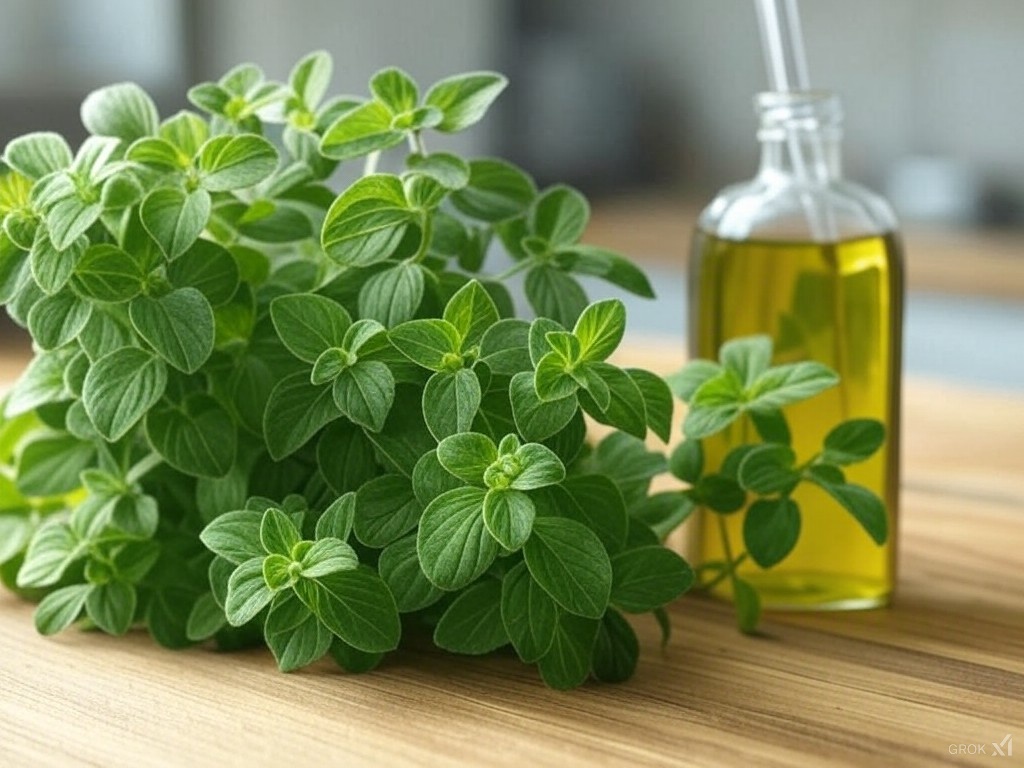

Enqueuing scripts and styles in WordPress is a best practice that ensures your theme or plugin’s assets are properly loaded and managed. Here are the key reasons and scenarios for enqueuing scripts and styles:
Reasons to Enqueue Scripts and Styles
- Dependency Management
- Enqueuing allows you to specify dependencies for your scripts and styles. This ensures that scripts and styles are loaded in the correct order, preventing conflicts and errors.
wp_enqueue_script('my-script', get_template_directory_uri() . '/js/my-script.js', array('jquery'), '1.0.0', true);- Version Control
- You can add version numbers to your scripts and styles, which helps with cache busting. This ensures that users get the latest version of your assets even if they have cached versions.
wp_enqueue_style('my-style', get_template_directory_uri() . '/css/my-style.css', array(), '1.0.1');- Conditional Loading
- You can conditionally load scripts and styles based on the page or context. For example, you might only want to load a script on a specific page or post type.
if (is_page('contact')) {
wp_enqueue_script('contact-script', get_template_directory_uri() . '/js/contact-script.js', array(), '1.0.0', true);
}- Avoiding Conflicts
- Enqueuing ensures that your scripts and styles are loaded in a controlled manner, reducing the risk of conflicts with other themes or plugins.
- Performance Optimization
- By enqueuing only the necessary scripts and styles, you can optimize the performance of your site. This reduces the number of HTTP requests and the amount of data transferred.
- Security
- Enqueuing helps prevent script and style injection attacks by ensuring that only registered and approved assets are loaded.
When to Enqueue Scripts and Styles
- Theme Development
- When developing a theme, you should enqueue all your theme’s scripts and styles. This ensures that they are properly managed and loaded in the correct order.
function my_theme_scripts() {
wp_enqueue_style('style', get_stylesheet_uri());
wp_enqueue_script('script', get_template_directory_uri() . '/js/script.js', array(), '1.0.0', true);
}
add_action('wp_enqueue_scripts', 'my_theme_scripts');- Plugin Development
- When developing a plugin, you should enqueue any scripts and styles that the plugin requires. This ensures that they are loaded only when the plugin is active.
function my_plugin_scripts() {
wp_enqueue_style('plugin-style', plugins_url('/css/plugin-style.css', __FILE__), array(), '1.0.0');
wp_enqueue_script('plugin-script', plugins_url('/js/plugin-script.js', __FILE__), array('jquery'), '1.0.0', true);
}
add_action('wp_enqueue_scripts', 'my_plugin_scripts');- Admin Area
- If your theme or plugin requires custom scripts or styles in the WordPress admin area, you should enqueue them using the
admin_enqueue_scriptsaction.
function my_admin_scripts() {
wp_enqueue_style('admin-style', get_template_directory_uri() . '/css/admin-style.css', array(), '1.0.0');
wp_enqueue_script('admin-script', get_template_directory_uri() . '/js/admin-script.js', array(), '1.0.0', true);
}
add_action('admin_enqueue_scripts', 'my_admin_scripts');- Login Page
- If you want to customize the login page with custom scripts or styles, you can enqueue them using the
login_enqueue_scriptsaction.
function my_login_scripts() {
wp_enqueue_style('login-style', get_template_directory_uri() . '/css/login-style.css', array(), '1.0.0');
wp_enqueue_script('login-script', get_template_directory_uri() . '/js/login-script.js', array(), '1.0.0',
true);
}
add_action('login_enqueue_scripts', 'my_login_scripts');Conclusion
Enqueuing scripts and styles is a crucial practice in WordPress development. It ensures that your assets are properly managed, dependencies are respected, and your site’s performance and security are optimized. Whether you’re developing a theme or a plugin, enqueuing is the recommended way to handle scripts and styles.







